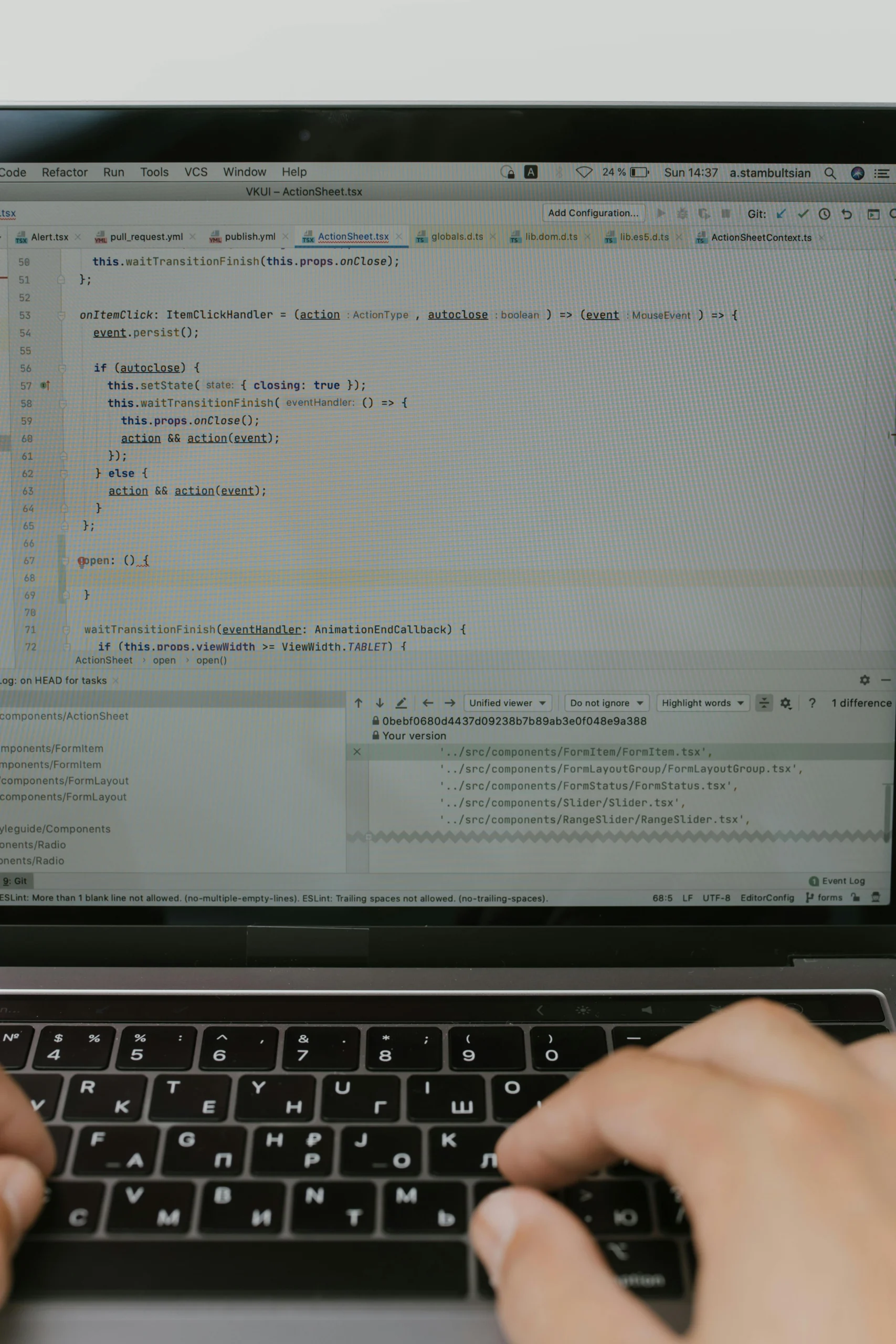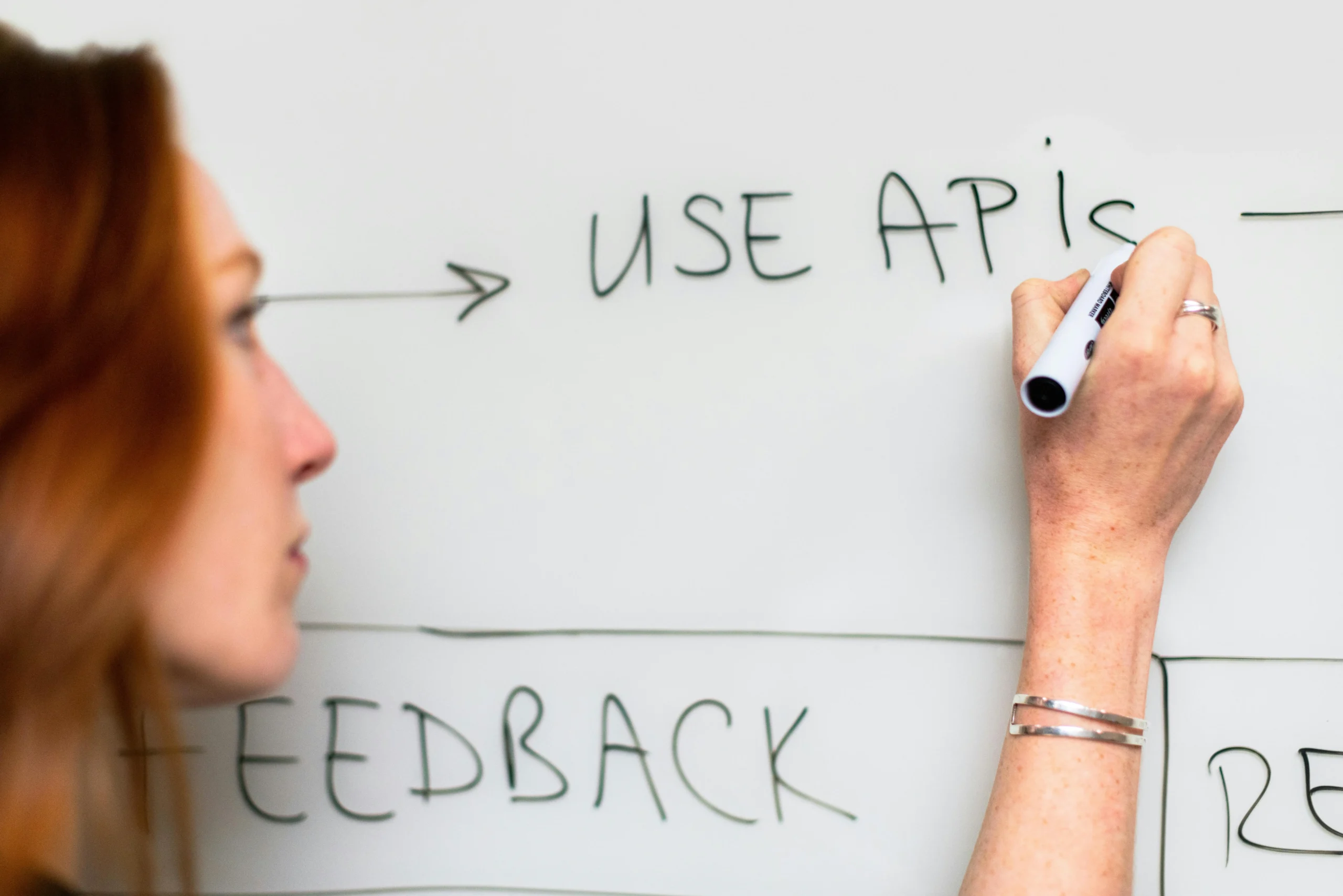Angela Nakalembe, who leads YouTube’s trust and safety initiatives, explains the transformative role of AI in content moderation. By using AI technologies, YouTube aims to detect and flag harmful content before it reaches human moderators, thereby mitigating the psychological toll on these workers. The integration of AI is not meant to replace human input but rather enhance it, creating a more humane and supportive environment while ensuring user safety.
However, as AI-generated content becomes more prevalent, YouTube faces challenges in distinguishing between legitimate content and misinformation. The company is a member of the Coalition for Content Provenance and Authenticity (C2PA), working to establish standards that help users identify the origins of the content they consume. This initiative is critical as the capability to create high-quality, deceptive content increases, raising the stakes for content moderation practices and consumer awareness.
The implications of these developments for the future of digital content are profound. As machines take on more responsibilities in moderating content that can be emotionally and psychologically taxing for humans, there lies a risk of over-reliance on AI. It is essential to develop guardrails that prevent users from forming unhealthy attachments to AI technologies, ensuring these tools remain supportive yet distinctly separate from human interaction. Ultimately, the ongoing evolution of AI must prioritize enhancing user security while fostering responsible technological advancements.
👉 Pročitaj original: MIT Sloan Management Review








